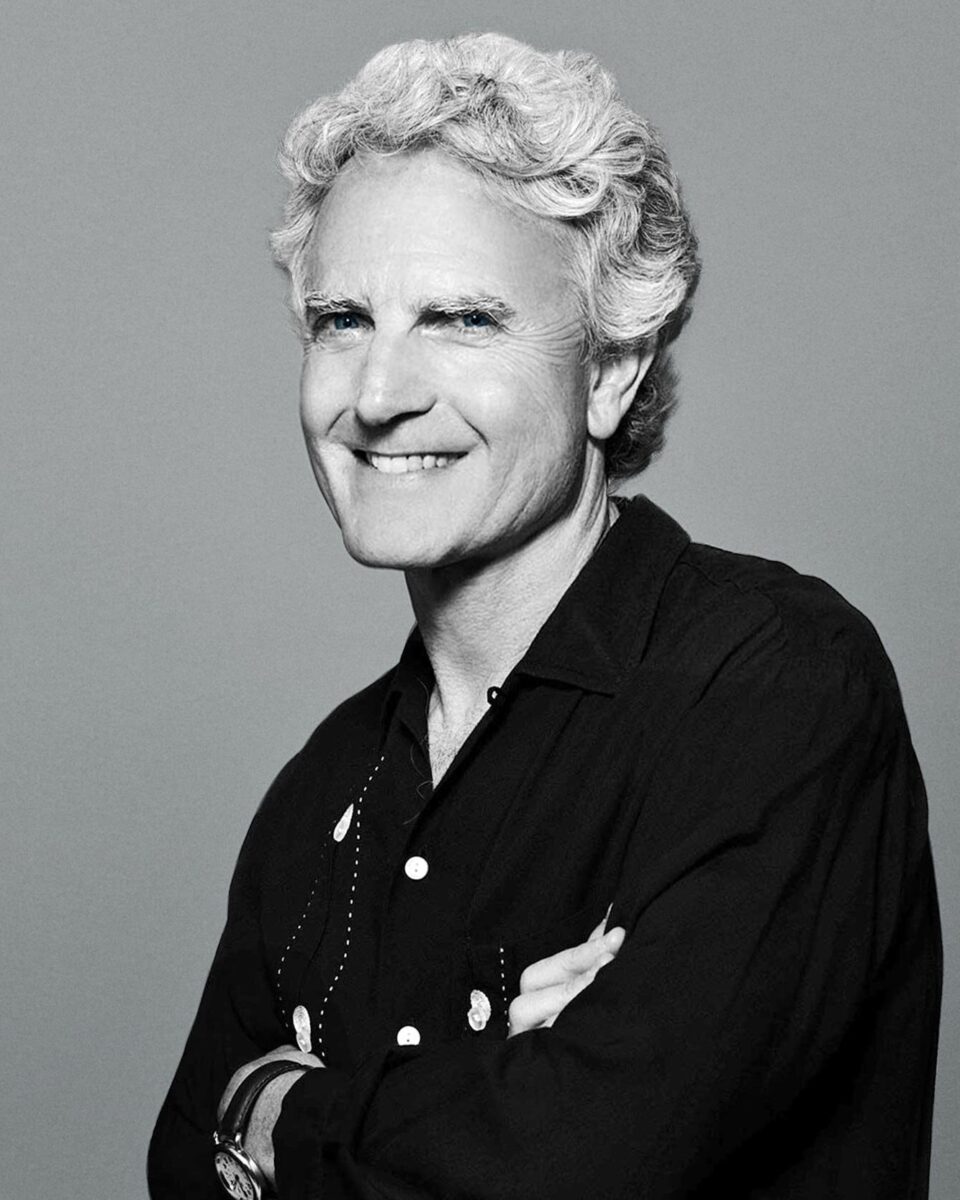Los Angeles-based Billy Steinberg is one of the world’s most successful songwriters of the last 35 years. Madonna’s Like a Virgin, Cyndi Lauper’s True Colors, Whitney Houston’s So Emotional, The Bangles’ Eternal Flame and Demi Lovato’s Give your Heart a Break are among his huge hits. But Billy is also a collector, in several areas. The Wild Beads of Africa showcases fabulous West African powderglass beads from the Billy Steinberg Collection.
He speaks exclusively about his book and his collecting with WorldArtNow.
Congratulations on Wild Beads of Africa and on developing such a collection. Have you always been a collector – as a boy, did you collect?
I have always enjoyed collecting things. As a child, I started collecting records – mostly 45’s of my favorite songs, by artists like the Everly Brothers. I became obsessed with music, sang in rock bands in high school, and started writing songs at the age of 18. It all started with my record collection. To this day, I continue to add to my collection, buying 78’s, 45’s and LP’s.
Why do you think people collect?
Why do people collect? Hmm, good question. Some people are obsessive collectors while other people have no interest in collecting. I can’t explain it.
How did you become interested in beads generally, and what made you focus on African powderglass beads?
I started collecting beads in 1989. I have a varied collection that includes ancient stone beads, Roman and Phoenician Period glass beads, Venetian trade beads, Edo-period glass ojime, and Chinese Boshan beads. I love Native American turquoise and coral beads. The African bead dealers (mostly from The Gambia) brought mostly Venetian trade beads. Occasionally, they would offer rare 19th century, African-made powderglass beads, commonly referred to as Bodom and akosu beads. I became fascinated with these mysterious beads that no one knew much about. I love their Expressionistic designs.
Do you have a favourite bead in your collection, or groups of beads? If so, why is this bead or group of beads special?
I do have some favorite beads. I love them for their beauty and their rarity. I am particularly proud of my collection of 19th century powderglass beads. I assembled this collection purchasing one bead at a time.
How have you sourced your beads?
I have sourced beads from African bead dealers and from American, Asian, and European dealers.
You are a successful songwriter having written the lyrics for some of the biggest hits of the 1980s & in later years. How does your songwriting career link with you as a collector, or are these two aspects of you compartmentalised with little overlap?
As a songwriter, my biggest hits were written in the eighties, nineties, and 2000s. I think bead collecting is part of my general aesthetic, which is also in my songs, my taste in art, my love of nature, and in everything I do and feel.
Are you aware of any good museum holdings of African powderglass beads, or is this an area overlooked by public museums?
To the best of my knowledge, there are no museums that have collections of powderglass beads that would compare to my collection. For the most part, these beads have been overlooked.
Why did you feel it was necessary to publish a book on your collection? What was your main motivation for publishing the book?
I published Wild Beads Of Africa with the hope of showing these magnificent creations to art enthusiasts around the world and to document my collection.
What was the most difficult part in putting the book together?
It was hard to assemble a team to make the book a reality. Bead researcher, Jamey Allen, and photographer, Fredrik Nilsen, enabled me to realize my hopes of creating a uniquely informative and beautiful book about these beads.
What do you feel your book adds to the stock of knowledge in this area?
There has been very little written about 19th century, African-made powderglass beads. My book, Wild Beads of Africa shows the best examples in my collection. Bead researcher, Jamey Allen’s text provides information about the beads. I am confident that anyone who loves art, particularly modern art, will be enchanted by these beads.
Who would you like to see acquire your book?
My hope is that a wide range of people will acquire my book, including bead collectors, art lovers, and people interested in African art and art history.

